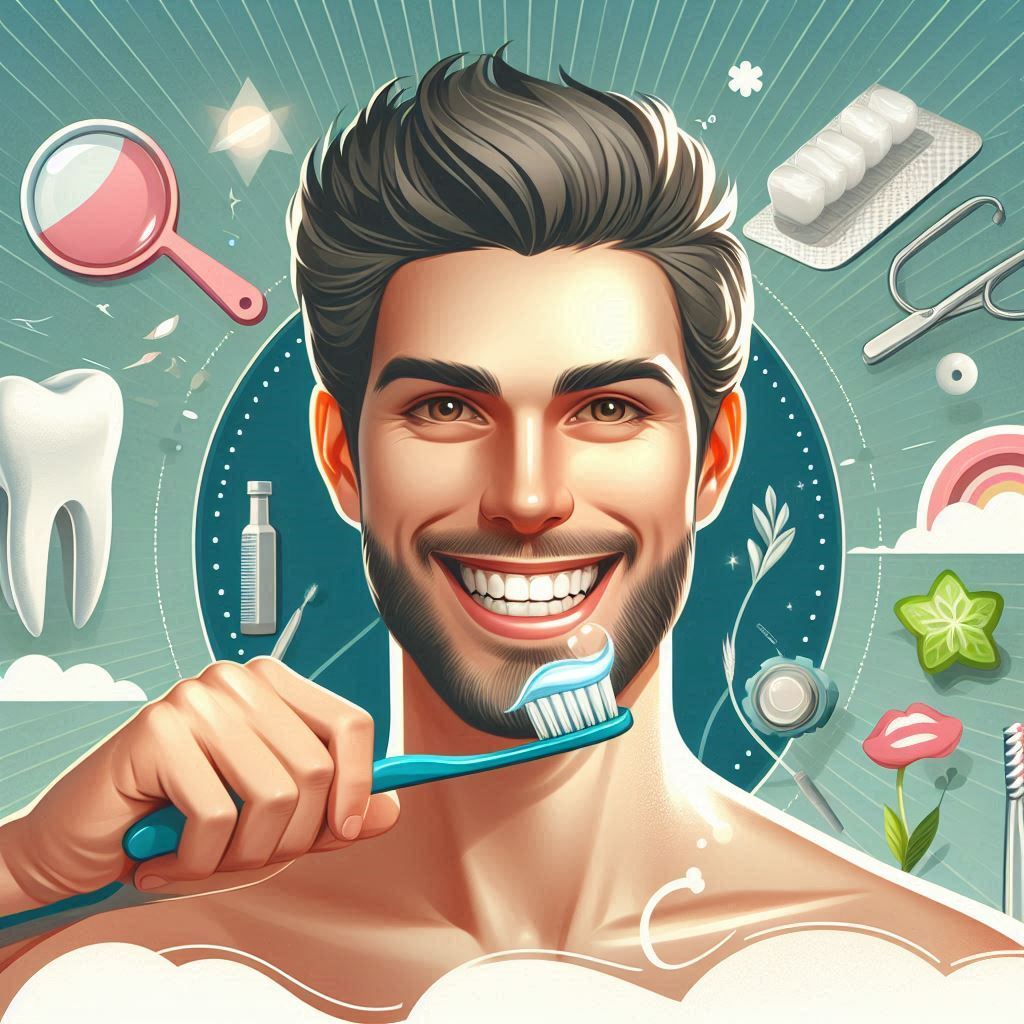Tooth Brushing Techniques – A Guide for All Ages

Did you know that even though most people brush their teeth daily, many aren’t using the most effective technique? Brushing correctly is crucial for maintaining good oral health and preventing cavities, gum disease, and bad breath. This guide will explore the best brushing techniques for all ages, ensuring a sparkling smile and healthy mouth at every stage of life!
Brushing Fundamentals
Brushing your teeth twice a day is a well-known habit, but how long and with what tools are you brushing? Here are the essential elements of a strong brushing routine:
Frequency
Aim for brushing twice a day, ideally in the morning after breakfast and before bed at night.
Duration
Each brushing session should last for at least two minutes. Think of it like singing your favorite song twice through!
Choosing the Right Toothbrush
Select a soft-bristled toothbrush that fits comfortably in your mouth. For children, a smaller brush head is ideal.
Selecting the Right Toothpaste
Look for a toothpaste containing fluoride, which strengthens tooth enamel and fights cavities.
Brushing Techniques by Age Group
Brushing techniques can vary slightly depending on age and dexterity. Here’s a breakdown of the best approaches for different age groups:
Brushing for Toddlers (Age 0-3)
Little ones need a gentle and positive introduction to brushing. Here’s what to keep in mind:
Challenges and Considerations
Toddlers may not understand the importance of brushing, and their coordination is still developing.
The Fones Technique
This gentle method involves using a soft-bristled brush with a pea-sized amount of fluoride toothpaste. Use small circular motions on all surfaces of the teeth that have erupted.
Brushing by a Parent or Caregiver
Until your child develops the dexterity to brush effectively on their own (around age 3), you’ll need to gently brush their teeth twice a day.
Brushing for Children (Age 4-7)
As children gain independence, it’s time to introduce a more advanced technique:
Transitioning to More Independent Brushing
Encourage your child to brush on their own, but supervise and assist as needed.
The Modified Bass Technique
This method involves tilting the bristles at a 45-degree angle towards the gum line. Use a gentle vibrating and sweeping motion to clean all surfaces of the teeth.
Supervision and Encouragement
Watch your child brush to ensure they’re reaching all areas and using proper technique. Offer praise and encouragement for a job well done!
Brushing for Adults (Age 8 and above)
By adulthood, you’ve hopefully mastered the basics of brushing. Now, let’s refine your technique for optimal results:
The Modified Bass Technique Revisited
This remains the recommended brushing method for adults. Refer back to section IIIB for a refresher on the proper angle, bristle placement, and gentle sweeping motion.
Alternative Techniques
While the Modified Bass Technique is excellent for most adults, there are other options for specific needs. Discuss these with your dentist, such as the Stillman technique which focuses on cleaning the gum line in more detail.
Brushing for Braces or Dentures (if applicable)
If you have braces or dentures, specific cleaning techniques are necessary. Your dentist will provide tailored instructions to ensure proper hygiene and avoid damaging your dental appliances.
Brushing for Optimal Results
Brushing your teeth twice a day with the proper technique is a great foundation, but a few extra steps can elevate your oral hygiene routine to the next level:
Brushing All Surfaces of the Teeth
It’s not just about the front! Make sure you’re brushing the front, back, and chewing surfaces of your teeth. Don’t forget your tongue, which harbors bacteria that can contribute to bad breath.
Brushing Gently But Thoroughly
While you want to remove plaque and food particles, scrubbing too hard can damage your gums. Use gentle pressure with a soft-bristled brush for effective cleaning without irritation.
Replacing Your Toothbrush
Toothbrush bristles become frayed and less effective over time. Replace your toothbrush every 3-4 months, or sooner if the bristles become worn.
Flossing and Interdental Cleaning
Brushing alone doesn’t reach between your teeth, where plaque can build up. Flossing or using interdental cleaners daily is essential for removing plaque and preventing gum disease.
Addressing Brushing Technique Issues
Even with the best intentions, brushing mistakes can happen. Here are some common brushing problems and solutions to help you achieve a dentist-worthy clean:
Common Brushing Problems
Rushing
Many people don’t brush for the recommended two minutes, leading to missed plaque and bacteria.
Neglecting Certain Areas
Focusing only on the front teeth and neglecting the back teeth or gum line can leave areas vulnerable to decay.
Brushing Too Hard
Scrubbing aggressively can damage gums and cause them to recede, exposing sensitive tooth roots.
Solutions for Brushing Issues
Brushing by Quadrant
Divide your mouth into four sections (upper right, upper left, lower right, lower left) and spend 30 seconds brushing each quadrant thoroughly.
Using a Timer
Set a two-minute timer on your phone or use a brushing app with a built-in timer to ensure you’re brushing for the recommended duration.
Focusing on Gentle Technique
Remember, it’s about gentle, thorough cleaning, not forceful scrubbing. Use a soft-bristled brush and a sweeping motion with the bristles angled at the gum line.
If you’re experiencing persistent gum bleeding, sensitivity, or difficulty brushing effectively, consult A-Plus Dentistry. We can assess your brushing technique, identify any underlying issues, and provide personalized guidance for optimal oral health.
Conclusion
Brushing your teeth correctly is a simple yet powerful way to safeguard your oral health throughout your life. By following the age-appropriate brushing techniques outlined in this guide, you’ll be well on your way to a sparkling smile and healthy teeth and gums.


Leave a Reply